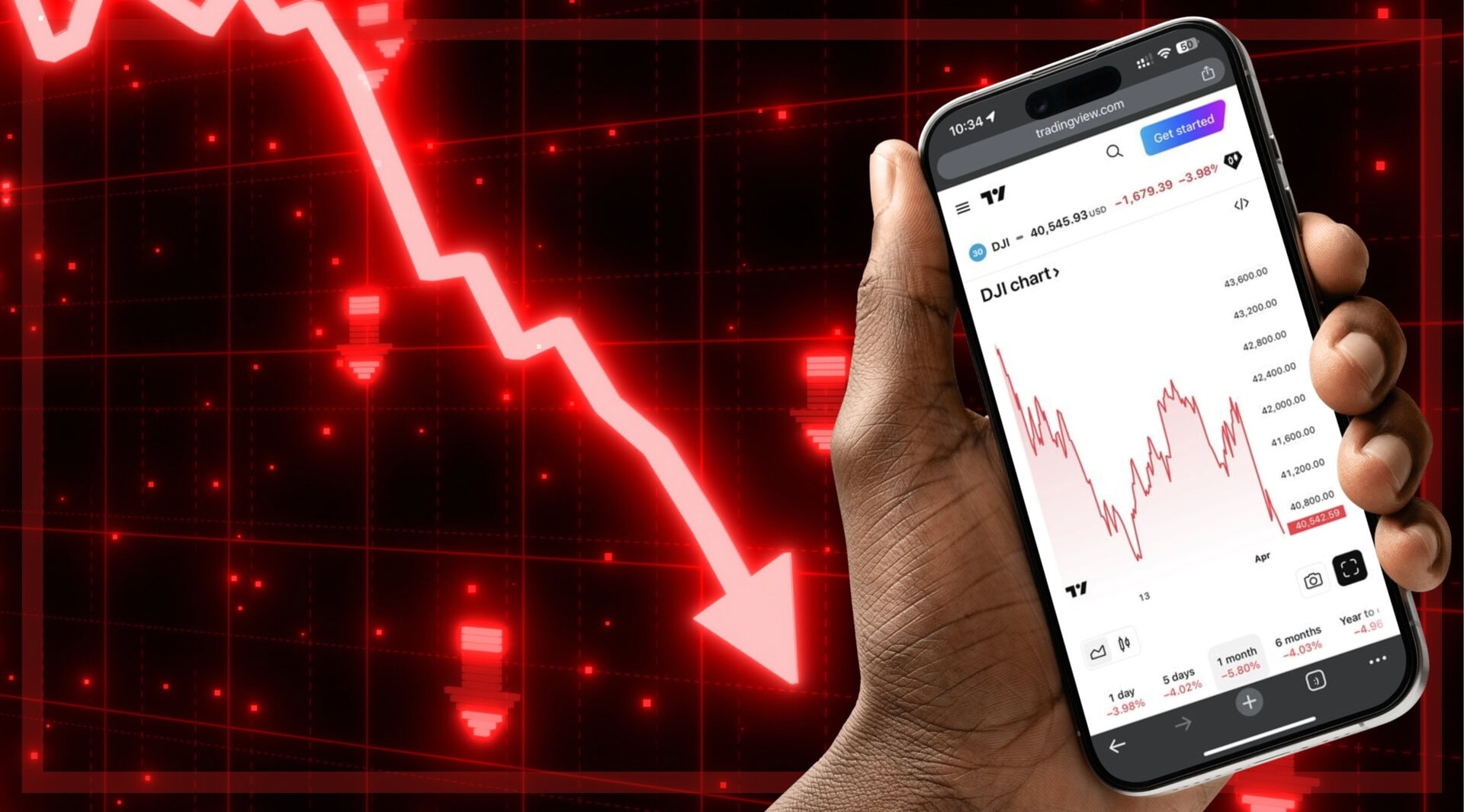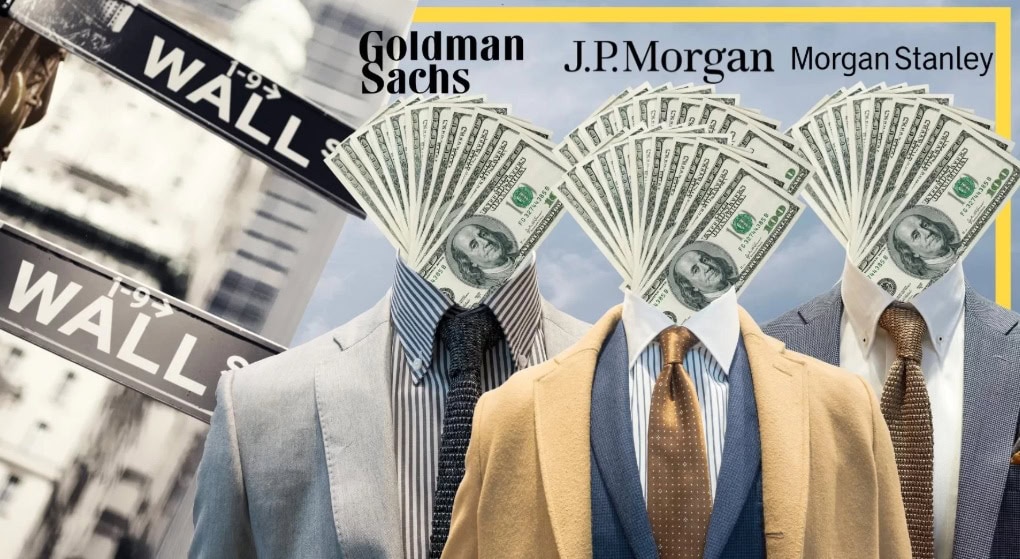The concept of paying by credit card has been around for at least 5,000 years. There’s evidence the ancient civilisation of Mesopotamia used clay tablets to note contracts and accounting records with their neighbour, Harrapan. Fast forward to 2018, and cards had overtaken cash payments by market share. By 2021, they accounted for 73% of transactions in the UK. This activity is led by Visa and Mastercard, who take home over 75% of the market across the world and essentially run a duopoly.
The history of these two giants starts in 1958, with the Bank Americard, which would later evolve into Visa. Business grew during the 1960s as did that of Master Charge, later Mastercard. The two companies would continue to grow through the decades, seeing off rivals such as Discover and AmEx. These two giants may be the most widely accepted forms of payment today. But controversies have never been far behind.
How did the duopoly grow so strong?
As often happens with an effective duopoly, these two dominant forces’ market position has become so entrenched that they are able to set the terms of their relationships with merchants. This includes the fees they charge for processing transactions. Those terms play a large role in small businesses’ lack of competitivity and higher prices being passed on to consumers. Merchants hand over $138 billion in transaction fees each year, the second-biggest cost after wages.
What does the duopoly offer in return? The sheer size of the infrastructure, international reach, security, and ability to process transactions much faster than anyone else are all positives. Their long histories mean Visa and Mastercard are seen as a safe, established, set of hands. The ability to process 1,700 transactions a second, including across borders, is unparalleled and very hard to replicate. Their advanced security features mean customers have consistency, reliability, and trust in their systems. This explains high customer satisfaction and acceptance rates.
So why are so many unhappy with their practices? Visa and Mastercard have faced a number of controversies over the years. These include high fees, strict chargeback rules, legal controversies, lack of transparency, and the acquisition of competitors. This has led to criticism from merchants, consumers, and regulators. When the two firms post net margins of 51% (Visa) and 46% (Mastercard), it’s not hard to see why so many cry foul over the duopoly’s perceived unfair practices.
Mastercard to raise fees to EU firms by 500% for online sales to UK shoppers https://t.co/8GQHC5a1gP
— The Guardian (@guardian) January 25, 2021
The cost of Visa and Mastercard’s dominance
Possibly the most contentious of these conditions are the interchange fees charged for processing transactions. The EU has capped credit card fees at 0.3%. In China, WeChat and Alipay collect only 0.1%. But in the US, credit cards fees are unregulated and can go up as high as 3.5%. Since leaving the EU, the UK has also seen hikes in fees for cross-border transactions, despite no clear increase in costs for the issuers. It’s true that banks take a chunk of these fees to fund perks to customers. However, the enormous fees they pay to use the networks generate the huge profits seen at Visa and Mastercard, and increase costs for consumers. The result is higher retail prices, with merchants raising prices by by 1.4% to cover these costs.
In the US, the 2010 “Durbin Amendment” required banks to put two unaffiliated networks on every debit card they issued. This gave merchants the choice to route transactions across a different network, such as Pulse, Shazam, or Star. These often charge significantly lower fees – on average around $0.25 compared with $0.35 for Visa. Both companies have recently reduced “swipe fees.” Visa has reduced them, for firms with less than $250,000 in Visa consumer credit-card volume, by 10%. Mastercard has done so on transactions under $5. However, both have also increased their fees on online spending, at a time when business has shifted towards the digital marketplace.
Visa and Mastercard duopoly: legislation required?
In 2022, Democratic Richard Durbin of Illinois and Republican Roger Marshall of Kansas introduced legislation. This would ensure banks with over $100 billion in assets would have to provide dual network capabilities on all their credit cards. “This would inject real competition into the credit-card market — opening the door for new market entrants such as current debit-only networks, encouraging innovation and enhanced security, creating backup options if a network crashes, and exerting competitive constraints on Visa and Mastercard’s fee rates,” according to Durbin. The proposed new bill, the Credit Card Competition Act (CCC), has received widespread support from retailers and merchants, including the likes of Walmart. Perhaps because it represents the first attempt to open the duopoly to proper competition.
Opponents to CCC argue the changes would see lenders introducing new fees for consumers to preserve customer benefits and rewards schemes. It would also require a complete overhaul of existing processing technology. In turn, this could lead to more foreign payment networks handling US credit card transactions. You can be sure their lobbying groups will push back hard against any new regulations.
In the UK, the Payment Systems Regulator (PSR) has launched plans for two major reviews of card systems looking at scheme and processing fees, as well as cross-border interchange fees. Again, progress that leads to real changes with a positive effect on business and unleashing potential growth is welcome. However, a reliance on requiring the old regime to adapt to the times is to ignore the wealth of possibilities out there. When even the biggest companies on the planet are unhappy with the terms dictated by the Visa and Mastercard duopoly, and regulatory bodies are picking away at unfair practices, it’s no surprise that many eyes are focused on new entrants looking to disrupt business as usual.
Visa and Mastercard’s dominance and barriers to entry
New payment processing companies face tough barriers in trying to gain a foothold in this market. High levels of security compliance and regulation standards create huge hurdles to overcome. Moreover, merchants and customers are so accustomed to the duopoly status quo that breaking through with new methods is an enormous challenge. But globally, there are two forces pitted against the giants’ dominance.
Visa and Mastercard may occupy three-quarters of payments in the western world, but their reach isn’t quite international. Central bank and government-led initiatives can give clout to other networks’ attempts to shake up the ecosystem. The duopoly doesn’t exist everywhere.
Visa and Mastercard: International Alternatives
China’s Union Pay is larger by income than Visa or Mastercard, although it does not have the same international reach. In India, New Delhi has pushed banks towards using a local alternative (NPCI) and has punished western firms for failing to comply with local data storage rules. And until its war against Ukraine last year and the resulting sanctions, Russia’s MIR network posed a serious threat in that market. These national initiatives are becoming increasingly international in scope and agreement.
https://t.co/zzjkZH8A3C
— Jim Pickard (@PickardJE) March 5, 2022
Ukraine invasion: Visa and Mastercard announce suspension of operations in Russia pic.twitter.com/aKgjaYI95X
Unified Payments Interface (UPI) is a public utility operated by NPCI in India which allows mobile-based technology to handle transfers. When including both person-to-person transfers and merchant payments, this already accounts for more than credit and debit card payments in India. A deal between NPCI and Dubai’s Mashreqbank PSC has already seen UPI go international. In addition, Singapore’s PayNow and Thailand’s PromptPay established the world’s first cross-border, real-time, fund transfers using mobile numbers in 2021.
A prototype digital payments system using the Bank for International Settlement’s blueprint for real-time cross-border transactions, Nexus, could join up existing payment systems in more than 60 nations. And Nexus won’t be an app looking for a market hold. But rather a set of rules for a world-wide web of payments which any country could later adopt. While a current lack of QR code functionality may mean it lacks immediate appeal, it can’t be far away. Could international alternatives chip away at the Visa and Mastercard duopoly?
Alternatives to the duopoly
Just as significantly, the exponential growth in internet coverage and the world population migrating online has led to alternative payment methods popping up in both established and emerging markets. At heart, most of these use QR codes or mobile apps to allow for direct bank transfers between consumer and provider. This completely bypasses the need for the existing technology Visa and Mastercard have built their empires on.
Brazil, China, and Indonesia have seen tech giants such as Mercado Pago, Ant Group, Tencent, and Grab offering app-based solutions for easy payment methods. Buy now pay later (BNPL) services like Klarna are also increasingly taking a bite out of the pie. During a cost-of-living crisis, consumers looking for alternative credit options is only likely to increase.
Clearly, the long-held structures of the last 50 years aren’t invincible. Nor is Visa and Mastercard’s market dominance insurmountable. And that’s without looking at the growing appetite for cryptocurrency and blockchain technology, which have grown exponentially in the last decade and show no sign of abating. El Salvador is leading the way in terms of using a digital currency at a national level. But many nation states are also exploring CBDCs. And with an increasing move towards crypto, processing transactions on the chain are also increasing in speed.
Exclusive: Payments giants Mastercard and Visa are facing a (minimum) £7.5bn compensation claim about to be filed at the Competition Appeal Tribunal by London law firm Harcus Parker over alleged overcharging of interchange fees to British businesses. https://t.co/2bZQJ21Q7v
— Mark Kleinman (@MarkKleinmanSky) February 20, 2023
Future Prospects
So, will Visa and Mastercard see a sudden and dramatic decline in revenue and reach? The best answer is probably not – at least not yet.
That said, the market needs regulation to clamp down on unfair practices and open the space up to advances. New developments point towards a major change in the longer term. The scaling up of new payment systems, especially in emerging economies, indicate that the giants of old are holding onto an ever weaker position. Furthermore, with the rapid drive towards Web3 and blockchain technologies, the world is changing fast.
The Visa and Mastercard duopoly is still very much in place, for now. But conditions are becoming more favourable to disruptive innovators, businesses, and consumers.















